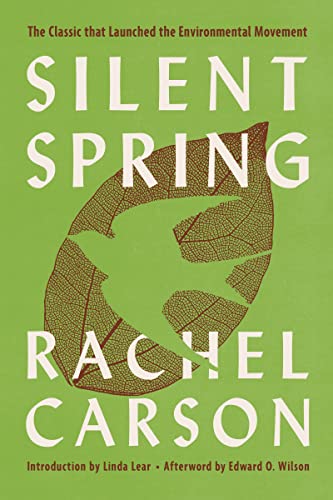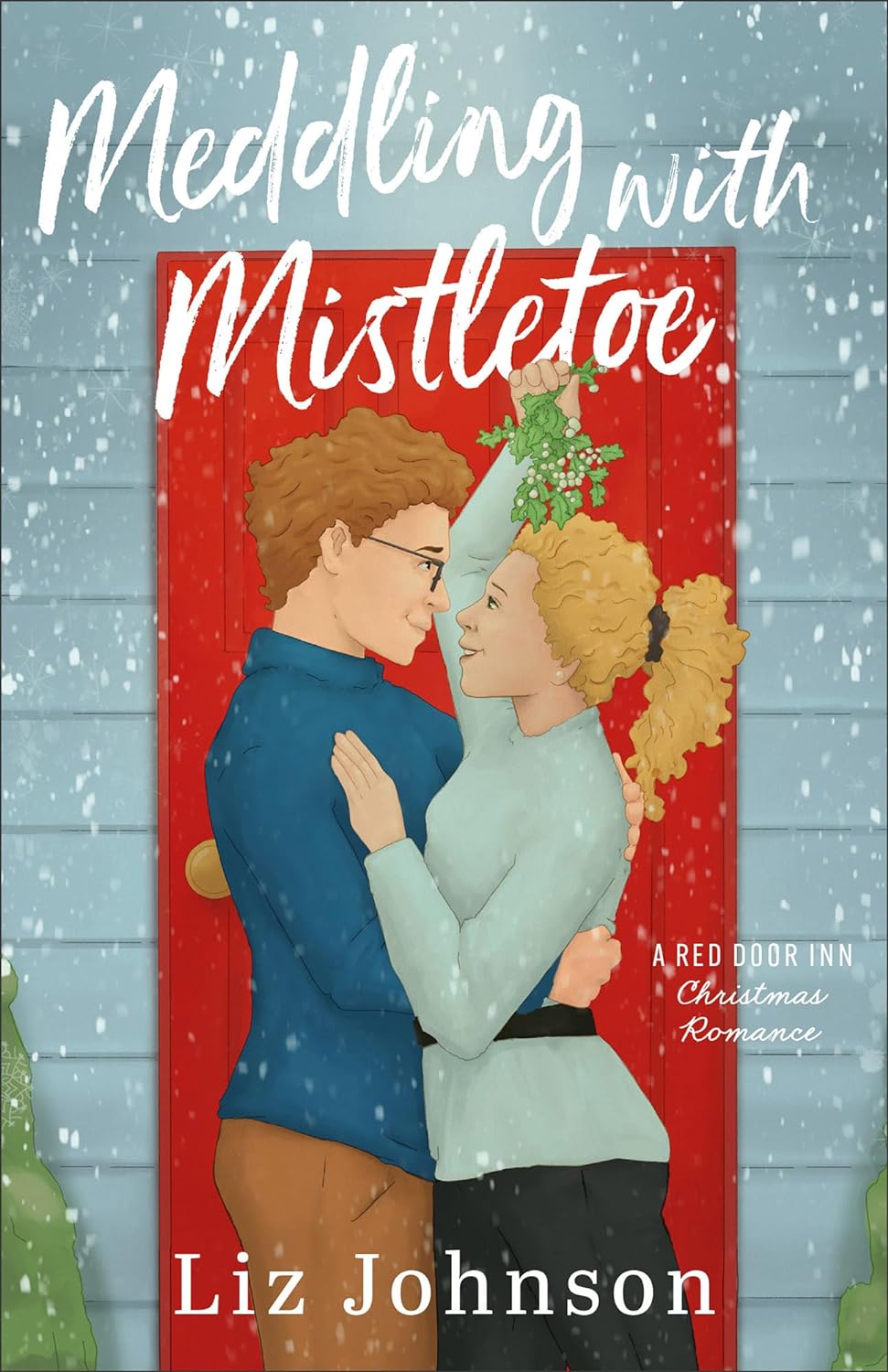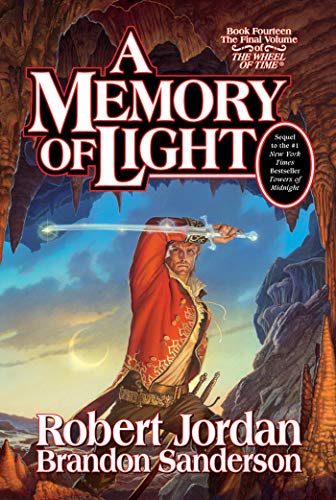Silent Spring by Rachel Carson
Rachel Carson’s Silent Spring is a groundbreaking environmental science book published in 1962. It is widely credited with catalyzing the modern environmental movement. Carson meticulously explores the adverse effects of pesticides—particularly DDT—on ecosystems, wildlife, and human health.
The book begins with a cautionary tale, imagining a silent, lifeless community devoid of birdsong and vitality due to human actions. Carson provides scientific evidence to show how unchecked pesticide use damages biodiversity, contaminates water and soil, and threatens human health. She raises moral questions about humanity’s role in disrupting natural systems, challenging the idea of technological progress without ecological responsibility.
One of Carson’s greatest strengths is her ability to combine rigorous scientific research with lyrical, evocative prose. Silent Spring reads as a call to action and a meditation on the interconnectedness of all life on Earth. While praised for its profound impact, the book also faced significant backlash from chemical companies, which Carson addresses courageously.
Conclusion
The legacy of Silent Spring is immense. It led to policy changes, including the eventual ban of DDT in the U.S. It inspired the creation of the Environmental Protection Agency (EPA). Silent remains a seminal work in environmental literature and advocacy. Urging us to consider the long-term consequences of our actions on the planet.
As an affiliate of AbeBooks, I earn from qualifying purchases.





